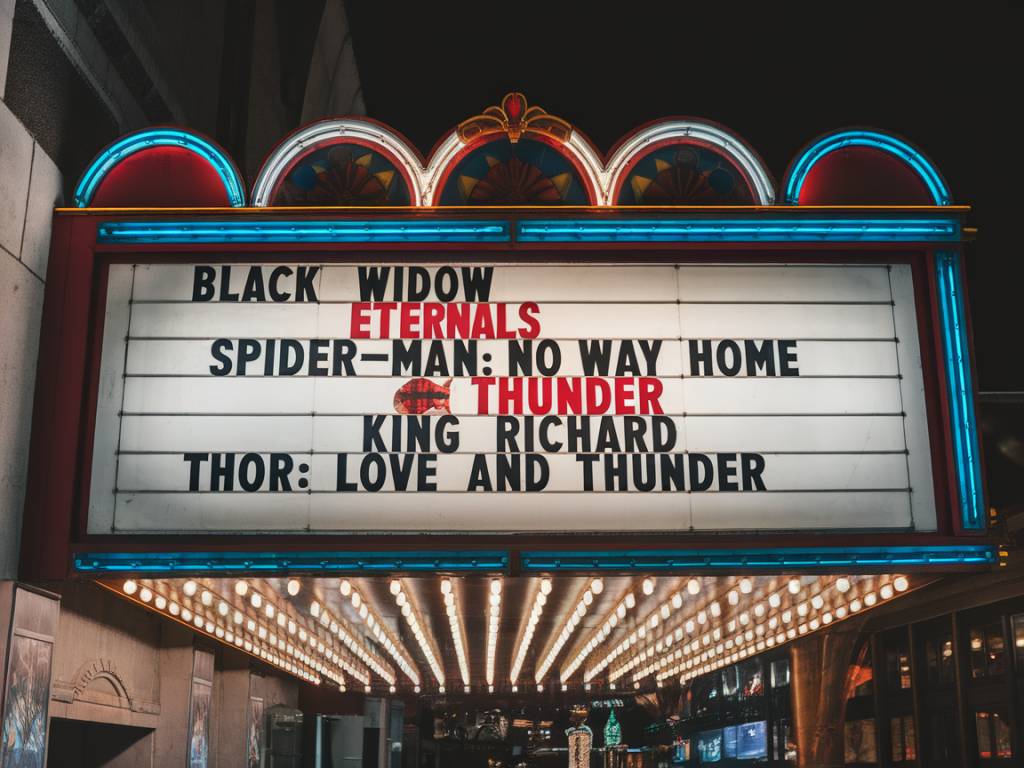The True Crime Phenomenon: Why We Can’t Look Away
True crime documentaries have become a cultural obsession. Whether it’s the haunting storytelling of Making a Murderer, the in-depth analysis of The Staircase, or the shocking revelations in American Murder: The Family Next Door, these documentaries dominate streaming platforms and fuel endless social media discussions. But what explains this insatiable appetite for real-life crime stories?
The Psychology Behind Our Obsession
At first glance, the popularity of true crime might seem morbid. Why are we so drawn to the darkest aspects of human behavior? Psychologists suggest several factors:
- Fear Management: Watching crime documentaries allows us to explore danger from a safe distance. By understanding how crimes happen, we feel more prepared to avoid them.
- The Puzzle Effect: True crime stories often present complex mysteries. Viewers become armchair detectives, analyzing evidence, scrutinizing suspects, and forming their own theories.
- Morbid Curiosity: Humans are naturally curious about the abnormal and the extreme. True crime provides a glimpse into criminal minds, showing us how and why people commit shocking acts.
- A Sense of Justice: Many documentaries focus on flawed investigations, wrongful convictions, and legal loopholes, sparking outrage and a desire for justice.
True crime doesn’t just entertain; it taps into fundamental aspects of human psychology, creating an experience that is equal parts thrilling, thought-provoking, and unsettling.
The Role of Streaming Platforms
The rise of Netflix, Hulu, and HBO Max has played a significant role in making true crime a mainstream genre. These platforms have recognized the audience demand and are producing high-quality, binge-worthy documentaries.
Services like Netflix have capitalized on this trend by investing in gripping narratives with extensive research and cinematic storytelling. Their success has, in turn, prompted other platforms to follow suit, leading to an oversaturation of true crime content. But rather than losing interest, audiences seem to crave more.
The Shift from Sensationalism to Advocacy
Earlier true crime content often focused on sensationalizing violence. However, modern documentaries are shifting toward advocacy and awareness. Projects like The Innocence Files highlight wrongful convictions, while Don’t F**k with Cats examines the impact of internet sleuthing.
Many new true crime documentaries explore systemic failures in the justice system, forcing audiences to confront uncomfortable truths about law enforcement, race, and inequality. This shift has turned passive viewers into engaged activists, leading to real-world change.
The Ethical Debate
Despite its popularity, the true crime genre isn’t without controversy. Critics argue that some documentaries exploit victims’ tragedies for entertainment. Families of victims have spoken out against shows that profit from their pain without their consent.
Additionally, there’s concern over how true crime influences public perception. Are we becoming too desensitized to violence? Do these documentaries promote an unhealthy obsession with crime?
Some producers are addressing these concerns by working closely with victims’ families, incorporating ethical storytelling, and ensuring accuracy in their reporting. However, as the genre continues to evolve, finding a balance between awareness and exploitation remains a challenge.
Where Do We Go from Here?
True crime isn’t going anywhere. As long as audiences remain fascinated by mystery, justice, and human psychology, the genre will continue to thrive. The real question is how it will evolve.
Will future documentaries focus more on the systemic failures that allow crime to persist? Will they take more responsibility in handling victims’ stories? Or will the genre continue to push boundaries, delving into even darker, more controversial territory?
One thing is certain: as long as there are crimes to be solved and injustices to uncover, audiences will keep watching.










